Explore Articles Filed Under: The Medicine Path
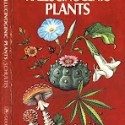
If you are as old as I am, you remember growing up with the Golden Guide books — sturdy, profusely illustrated, pocket-sized guides to such topics as flowers, planets, spiders, birds, stars, painting, pond life, photography, and rocks and minerals, intended for a young audience. They were perfect for taking along on field trips for identification purposes. The series began in 1949 with Birds and continued — remarkably — until Endangered Animals in 1995. There is, of course, a collector’s website with details about every Golden Guide ever published.

Anthropologist Michael Winkelman, at Arizona State University, says that shamanic practices — drumming, chanting, and the ingestion of sacred plants — create a special state of consciousness he calls transpersonal consciousness, and that these practices create this state of consciousness through the process of psychointegration — that is, by integrating a number of otherwise discrete modular brain functions. Anthropologist Homayun Sidky, at Miami University in Ohio, says that this theory, despite a surface plausibility, is without empirical justification.
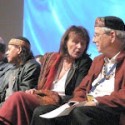
Three important conferences on shamanism were held in 2008, two of which were not easy to get to from the United States — the World Psychedelic Forum in Basel, Switzerland, March 21–24, and the Fourth Annual Amazonian Shamanism Conference in Iquitos, Peru, July 19–27. A third conference — the 25th International Conference on Shamanism and Alternative Modes of Healing — was held closer to home, in San Rafael, California, August 30–September 1. If you missed these conferences, there are still ways to access at least some of the presentations.
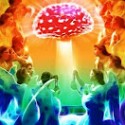
Since at least the 1970s, a tenacious meme has circulated among a generally progressive youthful demographic, some of whom have now carried that meme with them into their elderhood. The meme states that there is a connection between our ecological crisis and our loss of earth-connected spirituality — a connection to both earth and spirit that we once possessed but have now lost, and which is still preserved for us by some indigenous peoples. Still, the meme says, there is hope. A spiritual awakening is coming, associated with the Age of Aquarius, or the fifth pachakuti, or the culmination of the Mayan calendar in the year 2012.
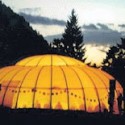
The documentary Fire on the Mountain: A Gathering of Shamans was filmed in 1997 at a ten-day gathering of tribal elders, wisdom keepers, and medicine women from five continents, who had travelled to Karma Ling, a Tibetan Buddhist retreat center in the French Alps, to discuss their concerns with the Dalai Lama and representatives of the world’s religions.
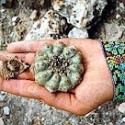
I have talked before about a 1996 study of long-time users of ayahuasca in the União do Vegetal church, which showed that drinking ayahuasca hundreds of times over decades of participation had no adverse impact on personality, and was in fact associated with significantly higher scores on measures of concentration and short-term memory. In 2005, a similar study of long-term peyote-using members of the Native American Church reported similar results.
I think it is worthwhile to celebrate the fact that, for the forty-third time, the United States will execute the peaceful transfer of power from one President to the next. Given human frailty and passion, I think that is remarkable. There is a lot of talk about hope in the air, and I thought we might listen to the inimitable and irreplaceable give us his unique perspective on the subject.

Matthew Baggott is a graduate student in neuroscience at UC Berkeley and a research associate at California Pacific Medical Center Research Institute. He is interested in the mechanisms and effects of MDMA and hallucinogens, and in what they can tell us about the working of the brain and consciousness. His ongoing research includes measuring the cognitive, social, and emotional effects of MDMA, LSD, and methamphetamine in humans.
I want to think about three sacred plants — the ayahuasca drink, the peyote cactus, and the teonanácatl mushroom. These plants — well, actually, one of them is a fungus — are often discussed in terms of their — dimethyltryptamine, mescaline, and psilocybin respectively. Sacred plants such as these are commonly categorized by the chemical structure of their single active molecule. Thus peyote is categorized by the phenethylamine core of its mescaline molecule; ayahuasca and teonanácatl are categorized by the tryptamine cores of their dimethyltryptamine and psilocybin molecules.

We have discussed the idea, widely held in the Upper Amazon, that human beings in general, and shamans in particular, have powerful urges to harm other humans, and that the difference between a healer and a sorcerer comes down to a matter of self-control. And on that there hangs a story.

Discussing the article:
Hallucinogens in Africa